| Architect |
Powell & Moya |
| Date Built |
1968 - 1976 |
| Location |
London Wall |
| Description |
|
The Pevsner Guide to the City of
London explains that the museum was first
conceived in 1961 as a place to combine
collections held in the former Guildhall
Library and the Royal Exchange.
Powell and Moya were appoointed in 1962
and drew up their first design in 1964-66.
The guide adds that, "From pavement
level the museum appears forbidding,
not least because the entrance is not
apparent. ..... 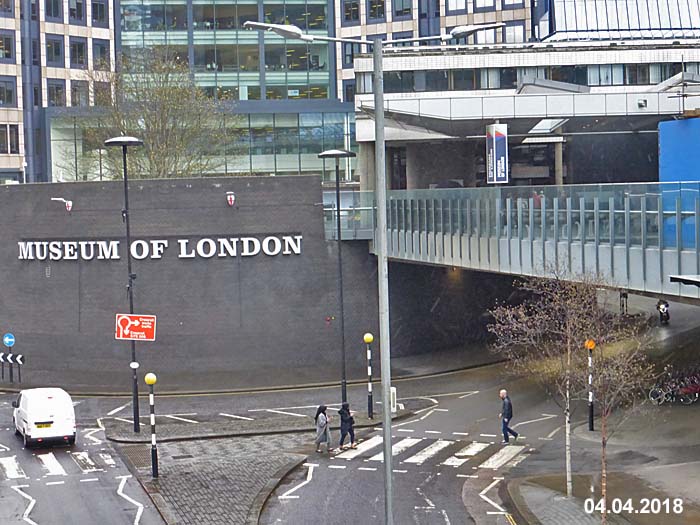 .... The entrance is at walkway level ...... 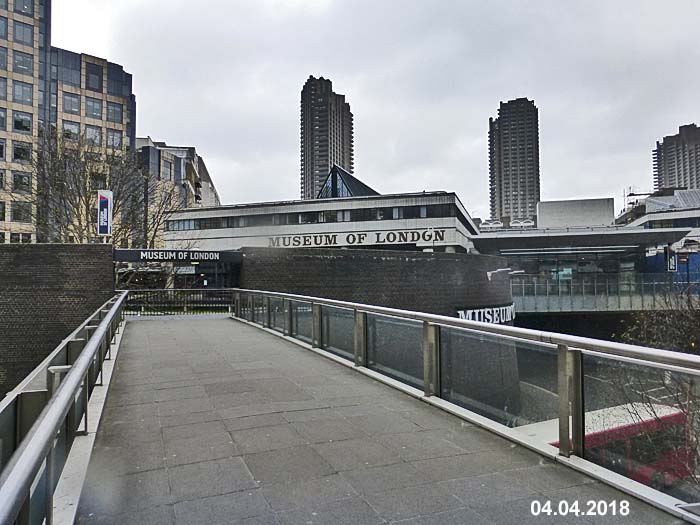 .... facing
a sunken garden"
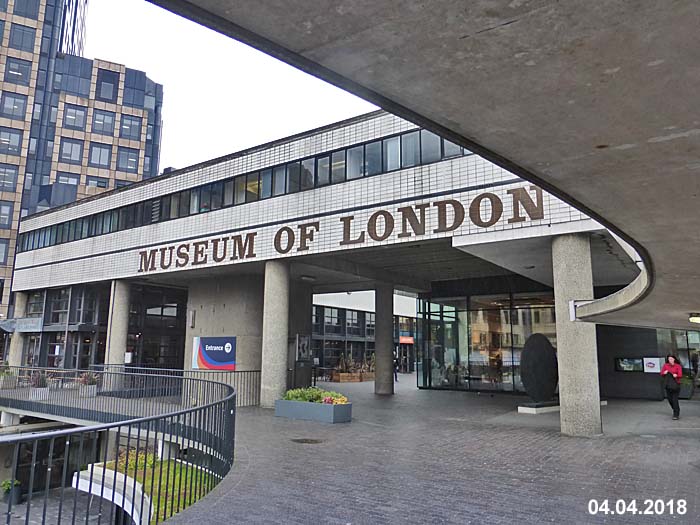 The Union-Horse
sculpture by Christoper LeBruin sits
outside the entrance.
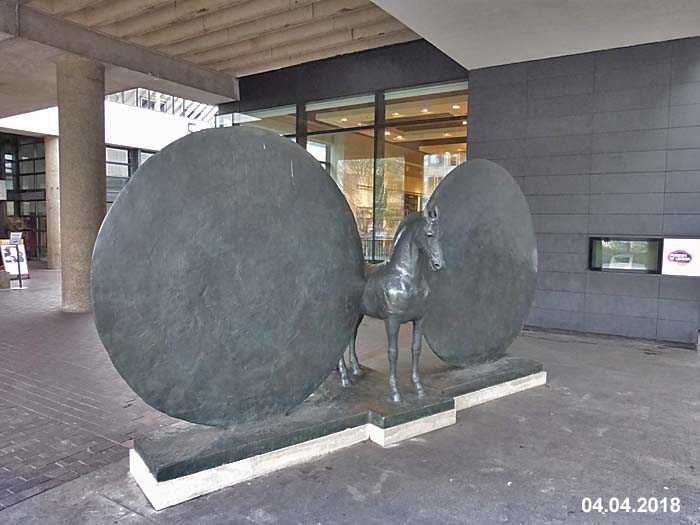 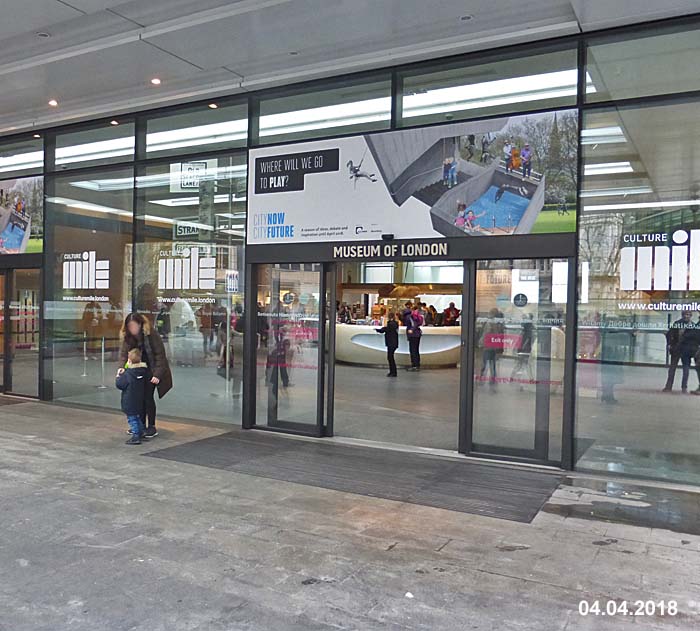 The museum's website points out that it, ".... opened in December 1976 as part of the Barbican Estate. The architects were Philip Powell and Hidalgo Moya, who adopted an innovative approach to museum design, whereby the galleries were laid out so that there was only one route through the museum – from the prehistoric period to the modern galleries. The museum comprises a series of chronological galleries containing original artefacts, models, pictures and diagrams, with a strong emphasis on archaeological discoveries, the built city, urban development and London's social and cultural life, with interactive displays and activities for all ages. ....... The museum had a £20 million redevelopment which was completed in May 2010. This is its biggest investment since opening in 1976. The re-design, by London-based architects Wilkinson Eyre, tells the story of London and Londoners from the Great Fire of 1666 to the present day. The transformation includes four new galleries." 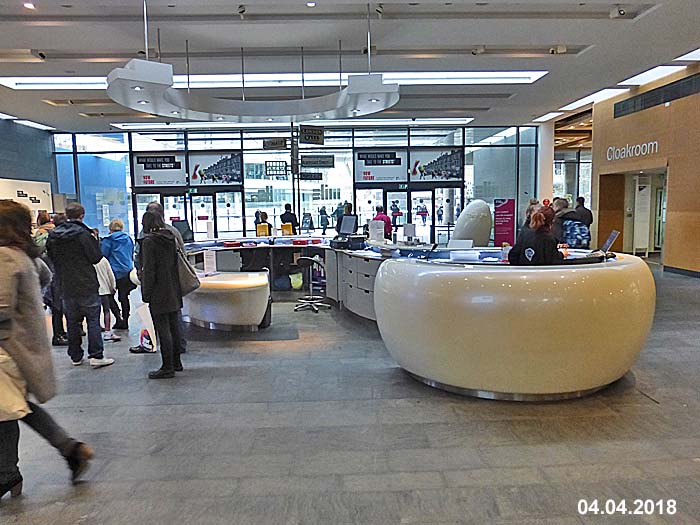 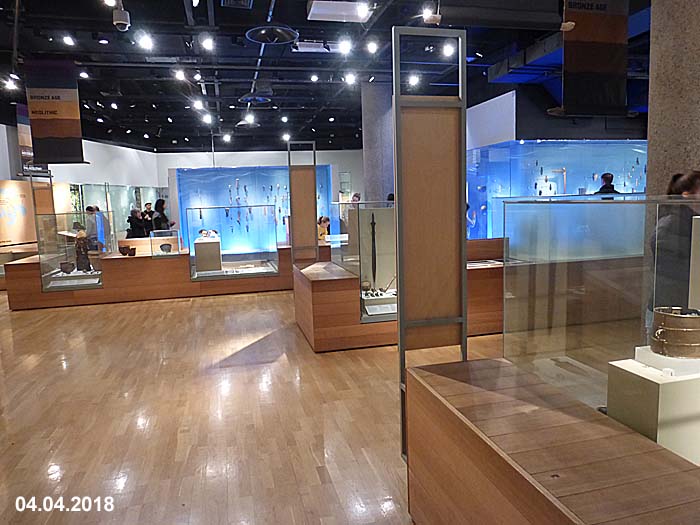 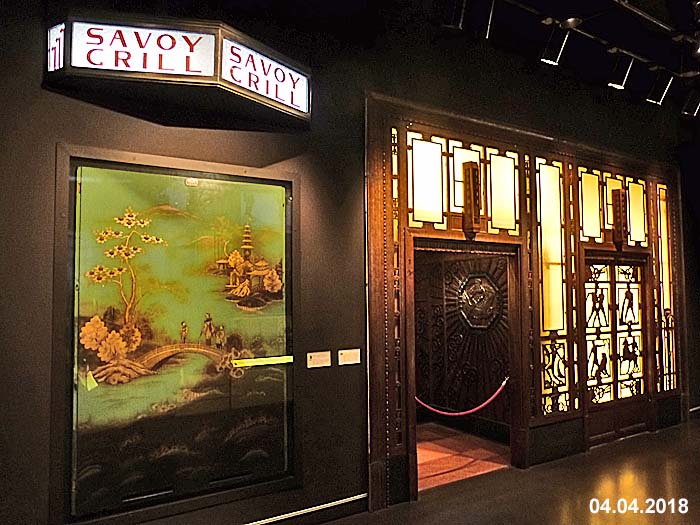 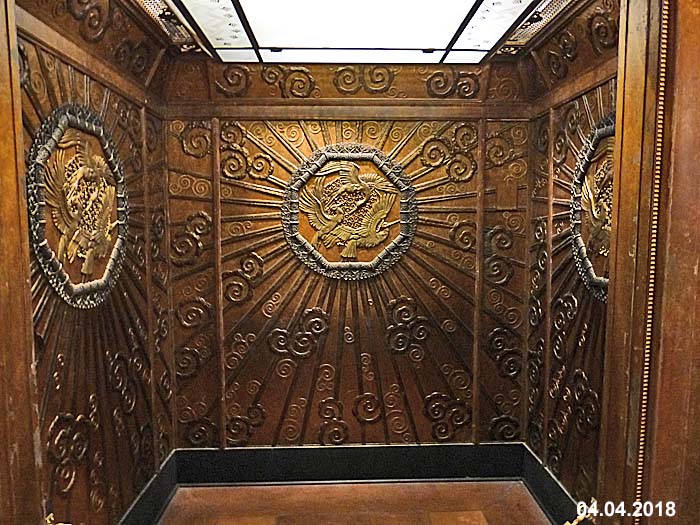 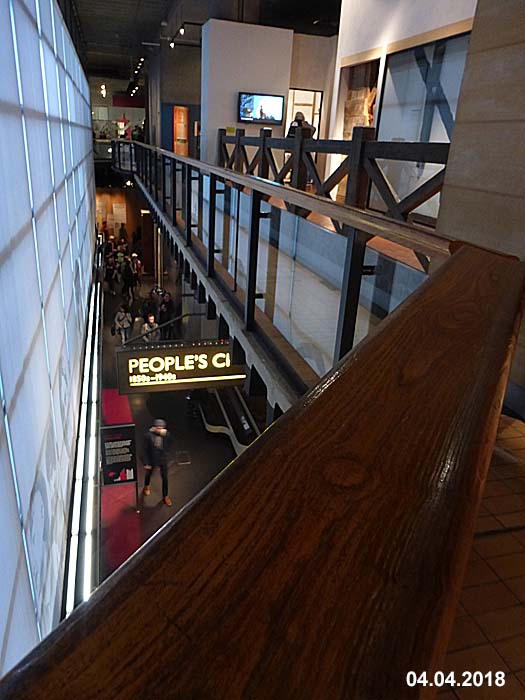 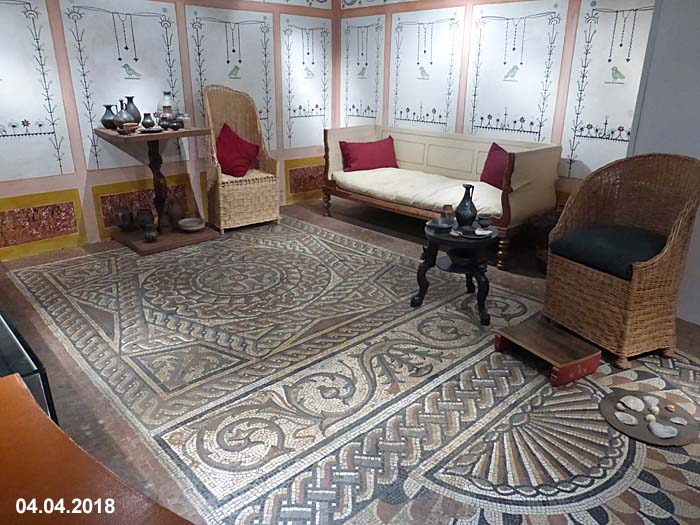 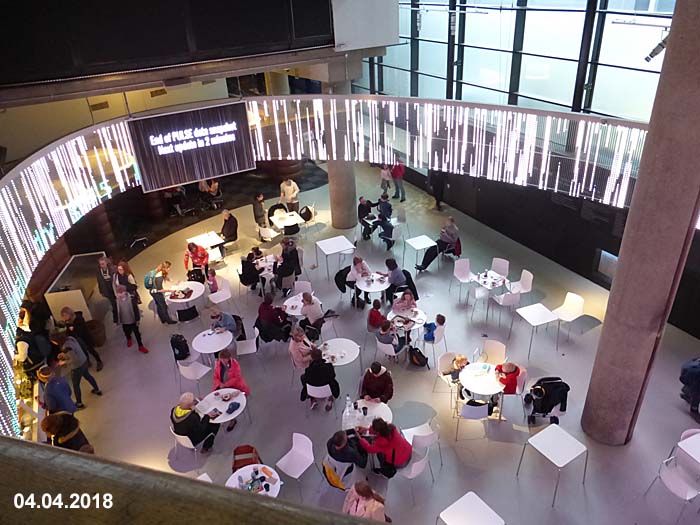 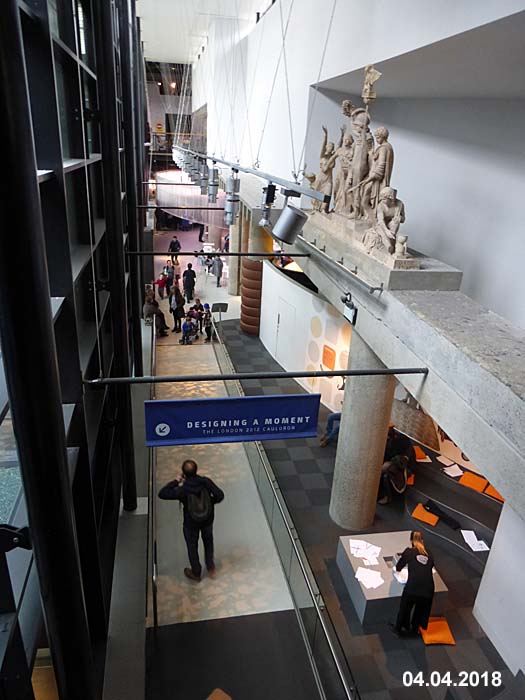 .........
Fragments of the Roman London Wall
can be seen just outside the
museum."
 An article in the Guardian on May 20, 2016 said that, ".... The museum is planning to move from its present landlocked home within the Barbican with no entrance at street level, into a cathedral-sized space, using the abandoned Victorian general market at Smithfield, next door to the famous meat market. 'Our job is to make this the best museum in the world,' " |
|
|
Museum of
London, London Wall
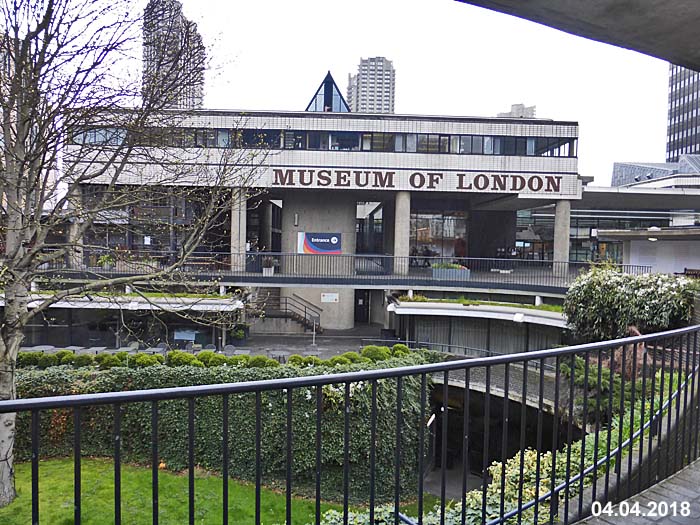 Close Window  |